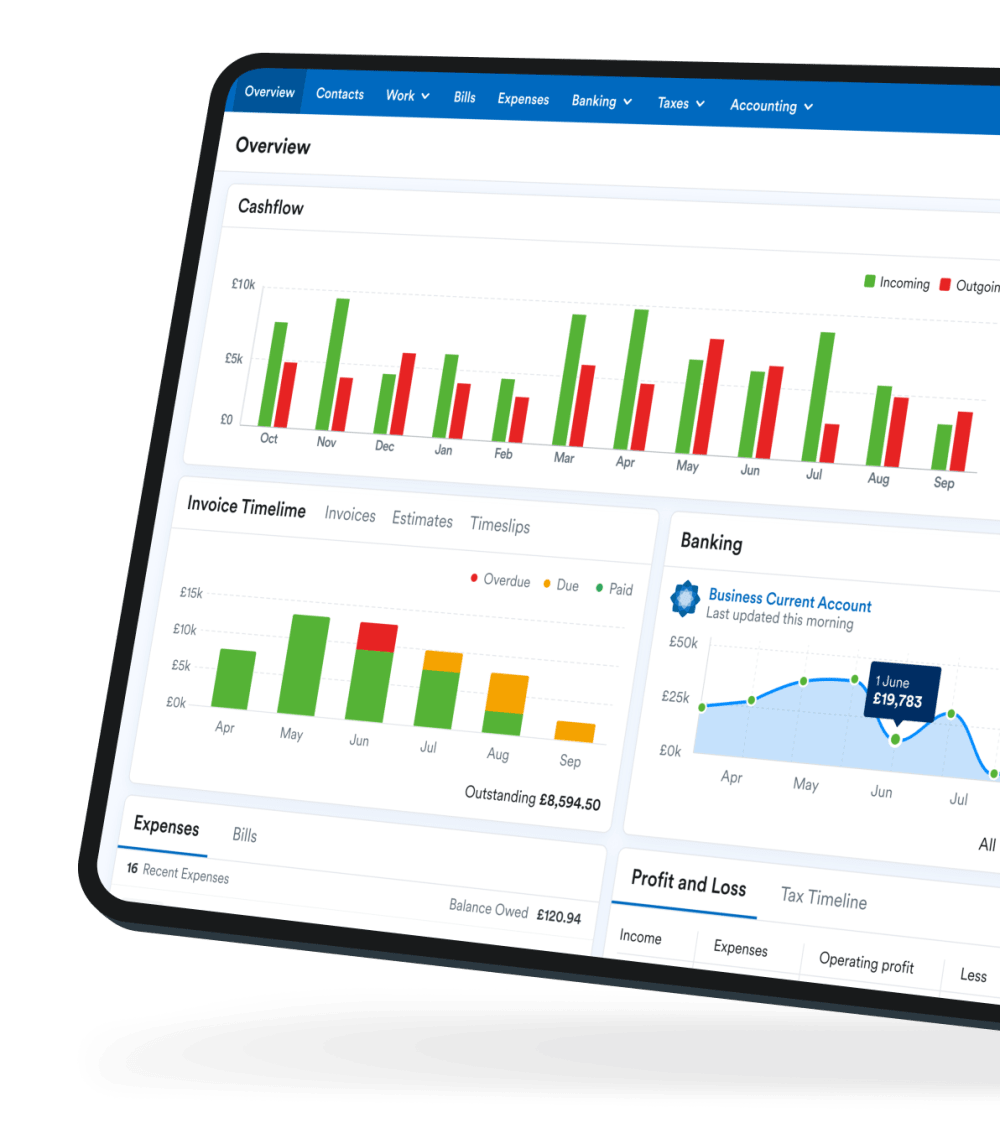How to set better small business goals

Whether you’re a small business owner looking for a big shake-up in your business or you simply feel it’s time to take another look at your objectives, here are some tips for setting goals and objectives for your small business.
Before you set goals, identify your opportunities
It’s easy to have a rough idea of what you’d ultimately like to achieve, but unless you understand the current state of your business, you may not fully appreciate the opportunities (and threats!) that are out there. Try carrying out a SWOT analysis of your business to understand what its strengths and weaknesses are. Then you can make an even better decision about what your business objectives should really be.
Make sure your business goals are S.M.A.R.T
When setting strategic goals for your business, consider using the well-known S.M.A.R.T framework. “Smart” goals are specific, measurable, attainable, relevant, and time-bound, which helps you pin down exactly what you want and how you’ll keep track of your progress. There’s even an app that can manage your smart goals for you.
Break your ambitions down into a list of smaller business goals
When you’re making business plans it’s great to aim as high as you can, but it can also be valuable to break those big goals down into smaller, more achievable steps. So rather than setting your sights on a single, long-term goal, think about how you can turn that big vision into a number of smaller goals or key performance indicators (KPIs) and then build up to your ambition step by step.
Don’t just set goals - set systems
Setting goals can be a great way to motivate you and focus your efforts, but if you’re only looking at whether you achieved them or not, you may be losing out. This article from Inc explains how people can often feel like they’ve failed if they don’t complete a goal they’ve set, even if they’ve made huge strides towards it. The article suggests that instead of only setting a target, you may want to focus on the systems you put in place to help drive your work forwards, as well as tracking the progress you’re making towards your long-term goals and objectives.
